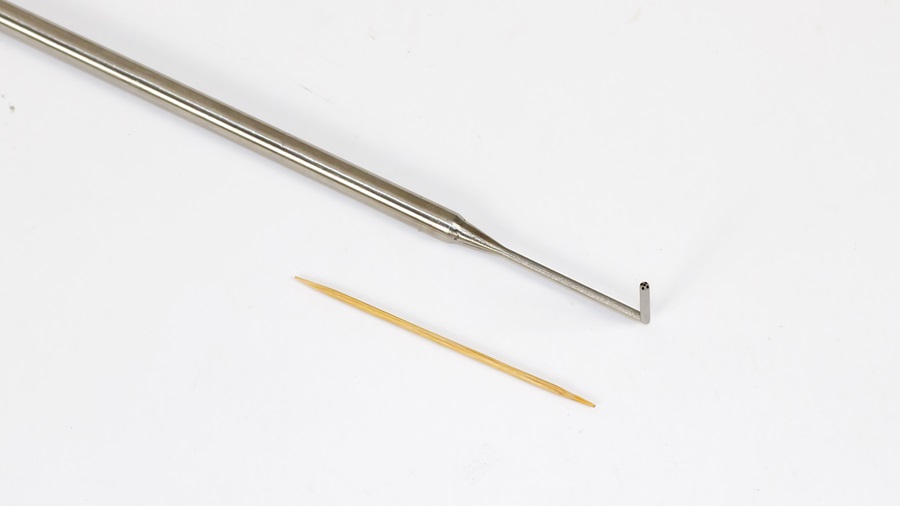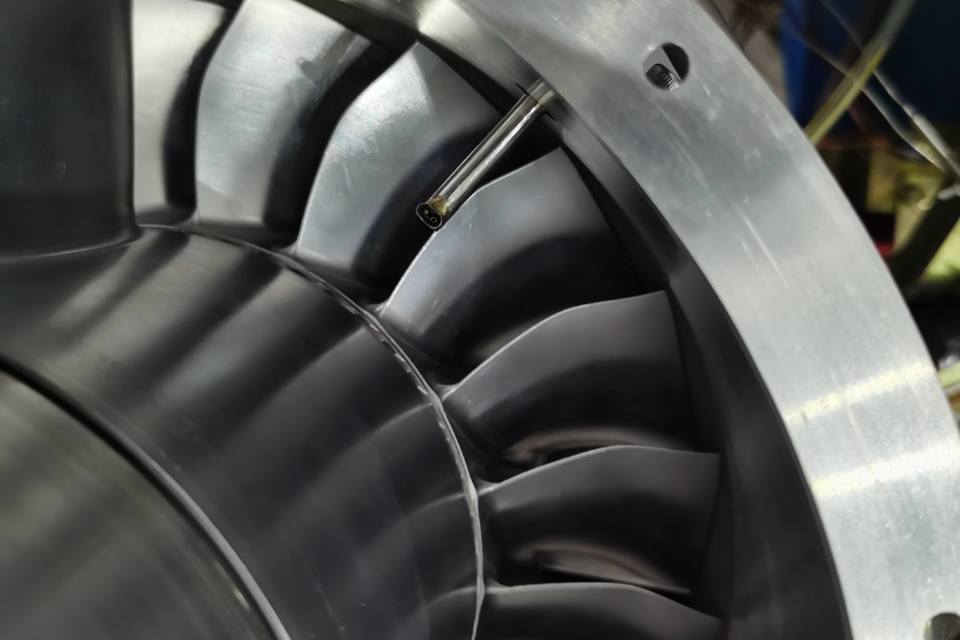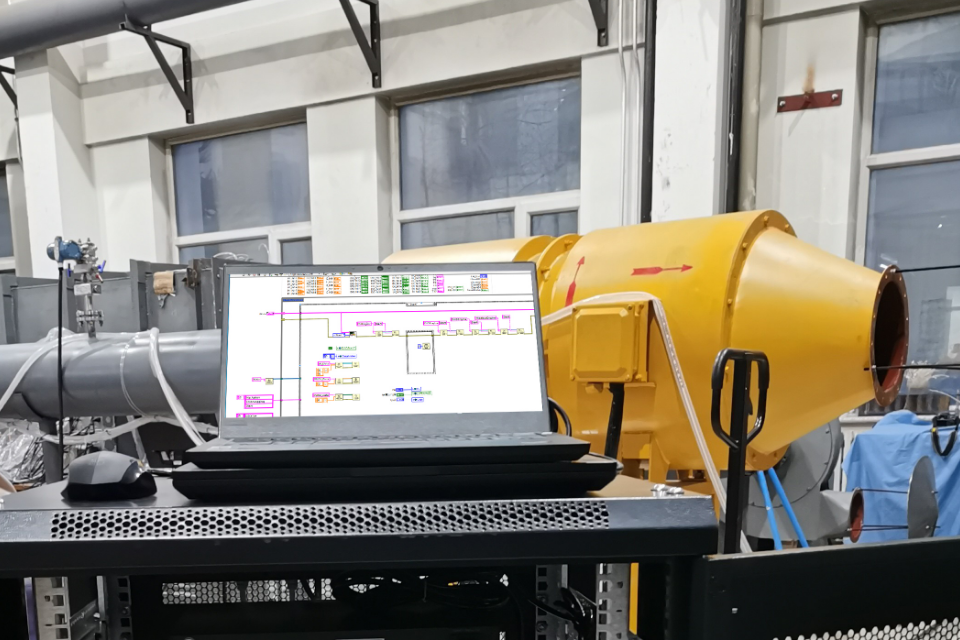The spherical five-hole probe can precisely measure key parameters such as velocity, pressure and direction in the flow field. Its five pressure-sensing holes are distributed on the surface of the sphere. By measuring the pressure difference between different holes and combining with specific calibration curves and algorithms, the three-dimensional velocity component, total pressure and static pressure of the fluid can be accurately calculated. Compared with single-hole or double-hole probes, spherical five-hole probes can provide more comprehensive flow field information and reduce measurement errors. In high-precision flow field measurement experiments, such as the internal flow field measurement and control of aero engines, the spherical five-hole probe can capture minute changes in flow velocity and pressure fluctuations, providing researchers with accurate and reliable data, which is conducive to a deeper understanding of the complex characteristics of the flow field.

The flow field is often complex and multi-directional, and traditional measurement probes may only be able to measure parameters in specific directions. The spherical five-hole probe has omnidirectional measurement capability and can adapt to fluid flow in different directions. No matter from which direction the fluid comes, the probe can accurately measure the magnitude and direction of the fluid's velocity through the coordinated operation of the five pressure holes. This characteristic gives the spherical five-hole probe a significant advantage in three-dimensional flow field measurement. For instance, in the study of external aerodynamics of automobiles, it can comprehensively measure the complex airflow distribution around the vehicle, providing an important basis for optimizing the vehicle's exterior design and reducing wind resistance.
The spherical five-hole probe is relatively small in size and can be arranged more densely in the flow field, thereby achieving high spatial resolution measurement. When studying the details of the local flow field, such as the boundary layer flow on the airfoil surface, a small-sized spherical five-hole probe can minimize the interference of the flow field as much as possible while accurately measuring the velocity and pressure gradients within the boundary layer. This high spatial resolution measurement capability helps to reveal the microstructure of the flow field, providing detailed data support for the verification of fluid mechanics theory and the improvement of models.
In the actual flow field testing environment, the probe may be affected by factors such as high temperature, high pressure, high-speed fluid impact and harsh chemical environment. Spherical five-hole probes are usually made of high-strength and corrosion-resistant materials, featuring excellent durability and stability. For instance, in the flow field measurement and control of rocket engines, probes need to withstand extremely high temperatures and pressures. Spherical five-hole probes can maintain measurement accuracy under such extreme conditions, providing reliable data for the performance evaluation and optimization of the engine. In addition, its stable performance also reduces errors and drifts during the measurement process, enhancing the reliability of the measurement results.
The operation of the spherical five-hole probe is relatively simple. Just install the probe correctly at the measurement position and connect it to the data acquisition system through a pressure sensor to carry out the measurement. Meanwhile, its calibration process is also relatively mature and standardized. By calibrating through standard wind tunnels and other equipment, accurate calibration curves can be obtained. Once the calibration is completed, it can be reused in subsequent measurements, greatly improving the measurement efficiency.
Spherical five-hole probes play a significant role in the field of flow field measurement and control due to their advantages such as high-precision measurement, multi-directional adaptability, good spatial resolution, durability and stability, as well as ease of operation and calibration, providing strong support for fluid mechanics research and engineering applications. Windtuner Technology can offer professional customized production services for five-hole probes, providing users with products suitable for different test scenarios and materials.
















